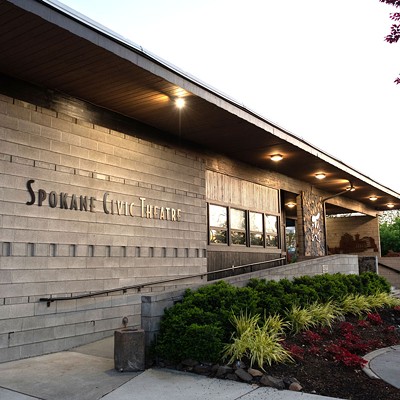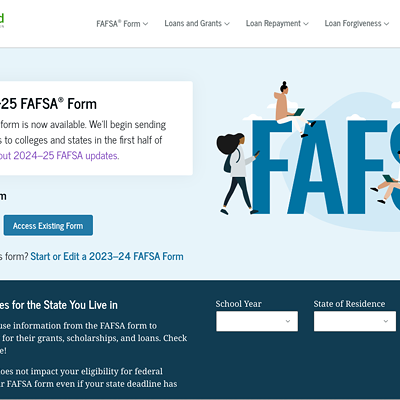Tuesday, October 29, 2013
What we know about whether I-522 will cost us money
In the ongoing and record-breaking battle over I-522, which would making Washington the first state to require labeling of food made with GMO ingredients, one of the main talking points is the cost. Ads from the pro-labeling side say it “won’t cost you a dime” while the anti-labeling side says it will cost a family of four $450 a year. So who’s right?
First of all, no one really knows.
As we’ve seen with other system changes — marijuana regulation, liquor privatization, health care reform — no one can accurately say how much it’s going to cost until it happens. The labeling required by I-522 would cost something. But estimates about how much and who would pay it are wildly different. Here’s what we know so far:
THE STATE
The state’s Office of Finacial Management offers one of the most specific estimates: $3.37 million in administrative costs over 6 years, which amounts to about 8 cents per state resident per year. But this estimate is only about costs for the state — rule development, enforcement, lab testing, etc. — and not about food production costs that could be passed on to consumers.
THE OPTIMISTS
California had a very similar measure on the ballot last year, and the pro-labeling camp has primarily promoted a study assessing that measure. Joanna M. Shepherd-Bailey of Emory University School of Law concluded that the California measure would result in trivial relabeling expenses that companies would not pass on to consumers:
Consumers will likely see no increases in prices as a result of the relabeling required by the Right to Know Act. A substantial body of empirical literature has established that important barriers to price adjustments exist that will deter suppliers from increasing prices to pass on the labeling expenses imposed by the Right to Know Act.
The pro-labeling (and vaccine-fighting) Alliance for Natural Health, which commissioned the first study, recently released a Washington state follow-up study by the same professor. It draws the same broad conclusions and says the “improbable, worst-case scenario” would be a one-year cost of $2.20 per person. The study does not address possible increases in food production costs.
In a separate independent study commissioned by the obviously pro-labeling group Just Label It and published in September, marketing expert Kai Robertson concluded there’s no evidence that changes to labels have an effect on supermarket prices.
There are no studies that document the impact of a product’s label change on prices charged by supermarkets. This is not too surprising given the interdependence of factors that influence prices set by supermarkets, inherent “stickiness” of prices set at the wholesale level and the regularity with which many labels are changed as part of a company’s normal business practices. In sum, this study finds no evidence that changes to a food processor’s product labels affect the prices paid by shoppers.
THE PESSIMISTS
On the other side of things, the anti-labeling side has relied on a study they commissioned by the business-friendly Washington Research Council, published in September. It estimates a initial-compliance cost of $264 million for farmers and food manufacturers.
On an ongoing basis, food manufacturers would either have to create special labels for the portion of their products sold in Washington state, or remake those products with higher-priced non-GE or organic ingredients to avoid the mandate to apply special labels. Those costs would be passed on to Washington consumers through higher food prices.
They estimate it would cost a family of four an extra $200-520 from 2015 to 2019, then $450-520 a year after 2019 when the zero-tolerance threshold part of I-522 goes into effect.
A similar study the campaign commissioned from Northbridge Environmental Management Consultants came to similar conclusions that grocery prices would rise $360 a year for a family of four through 2019, then $490 in subsequent years.
THE ACADEMICS
In response to a request from the state Legislature, the Washington Academy of Sciences released a report several weeks ago to answer five central questions about I-522. Unsurprisingly, one of those was about cost, and the researchers concluded that higher costs are likely.
Mandatory labeling, especially at a state versus federal level, is likely to affect trade and impose higher costs on firms producing and selling products in Washington. These costs are likely to be passed on to the consumer resulting in higher food prices.
The study doesn’t, however, put any actual dollar figures on its estimates. It points out that most of the cost to producers and food companies isn’t from relabeling, but from the need to segregate GMO and non-GMO products throughout the supply chain. (If you’re really interested in all of this, the references pages of that report serve as a good extended reading list.)
THE VARIABLES
In the end, the reason the estimates vary so much is that it depends on how consumers and food companies react — and we really don’t know what’s going to happen. (This Associated Press story and this excellent NPR piece both do a good job explaining the uncertainty.)
The two main scenarios:
1. If consumers avoid products with GMO labels (or food companies fear they will), costs would probably rise.
In Europe, many companies fearful of consumer rejection stopped using GMO ingredients altogether once labeling laws went into effect in the late ’90s. A lot of labeling supporters would be happy to see this happen — but it would almost certainly cause some increase in food prices as companies reformulate their products or fight for more expensive non-GMO ingredients. This is the assumption of the anti-labeling studies that predict families’ grocery bills would increase by hundreds of dollars.
2. If consumers don’t care, costs probably won’t change much.
The cost of the actual label change would be very small for most major companies. So if people are undeterred and keep on shopping as usual, it’s fair to expect very little effect on prices. But, if this is the case, companies would likely avoid the more substantial costs of keeping GMO and non-GMO separate by just slapping the GMO label on everything — an outcome that would leave us about as uninformed as we are now.
This is the assumption of the pro-labeling studies that conclude the label changes themselves wouldn't cost much. But most people who support labeling feel that it’s part of reforming the food industry and creating greater transparency, and that won’t happen without change. It’s unlikely the goal of reform will be achieved without some cost to consumers — and the question of how much just can’t be answered until it happens.















